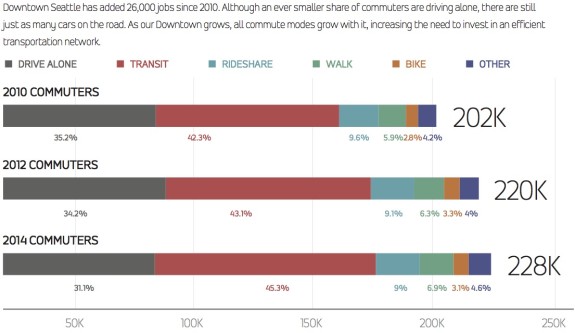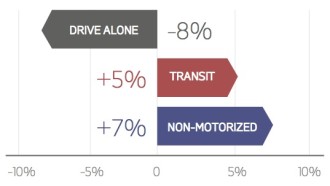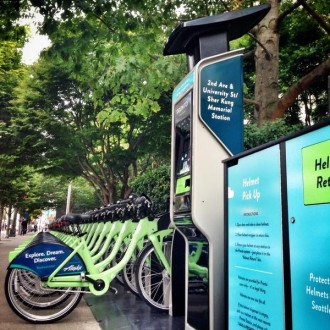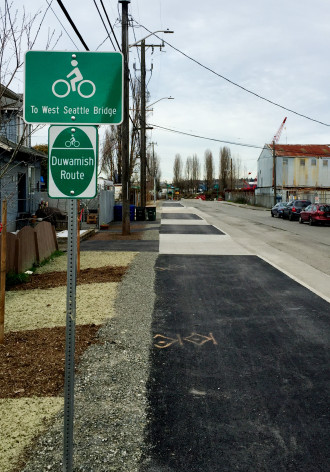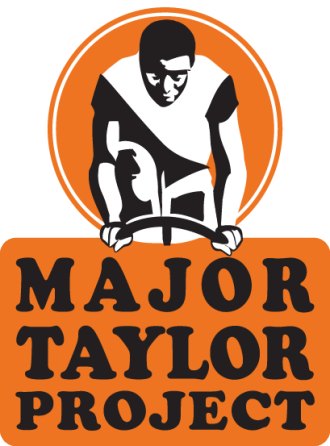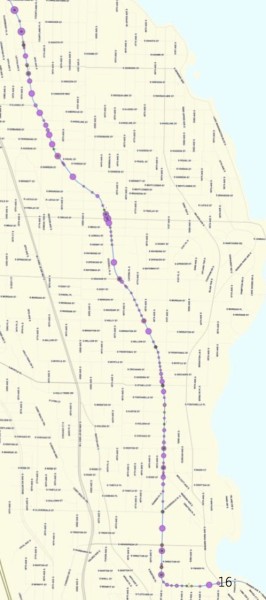
Rainier Ave is Seattle’s most dangerous neighborhood street. There’s a collision every day. Somebody is injured in a traffic collision every two days. And it has been this way for a long time.
The injury rate is so high in part because the speeding rate is so high. In fact, more than half of all people driving on Rainer speed, according to a city study. As many as 1,800 people drive more than 10 mph over the speed limit every day. This is not a problem with a few bad apples. Rather, the road design encourages speeding by having too many lanes that are too wide.
The faster a person drives, the more likely they are to be in a collision and the more seriously they will injure someone. If the typical driving speed were 30 mph (the current speed limit) rather than 38 mph (the measured 85th percentile speed on some sections of Rainer), far fewer people would be injured.
But now the city is looking to finally make a serious change to address the dangerous design of the street between Letitia and Seward Park Ave. These four miles pass through the Columbia City, Hillman City, Othello, Brighton, Seward Park and Rainier Beach neighborhoods. You have two opportunities to meet with the city and other community members and discuss the changes in the next week: Tomorrow (Thursday), 6:30 to 8:30 p.m. at the Columbia School and Tuesday 6 to 8p.m. at the Ethiopian Community Center.
Collisions occur along the entire length of the street, pointing to a core design problem. Small changes just in commercial centers always help, but they will not be enough to calm the damage this street causes to the neighborhoods it passes through. (more…)

